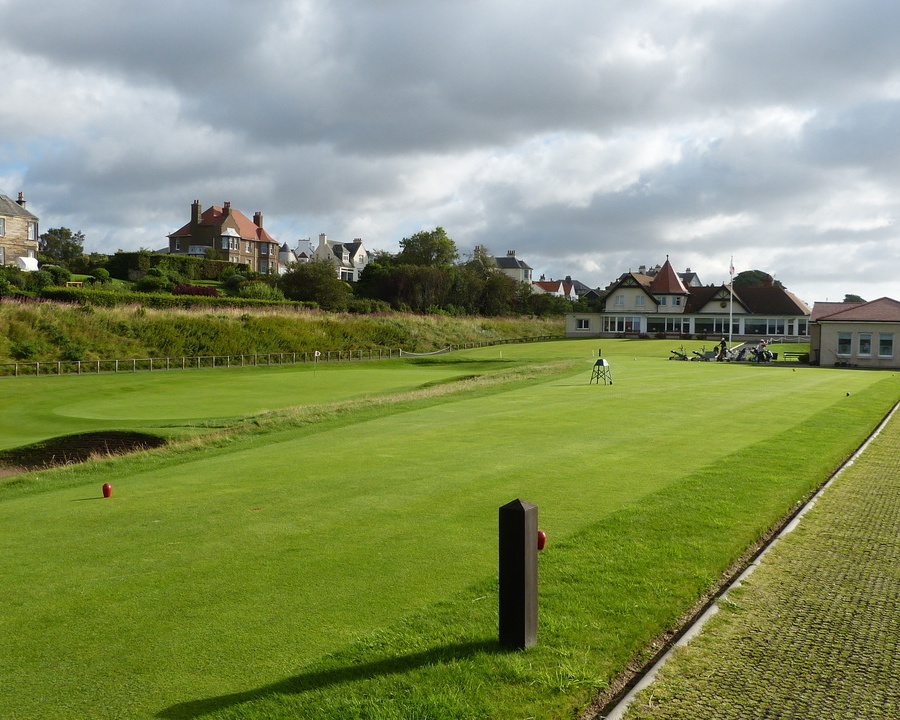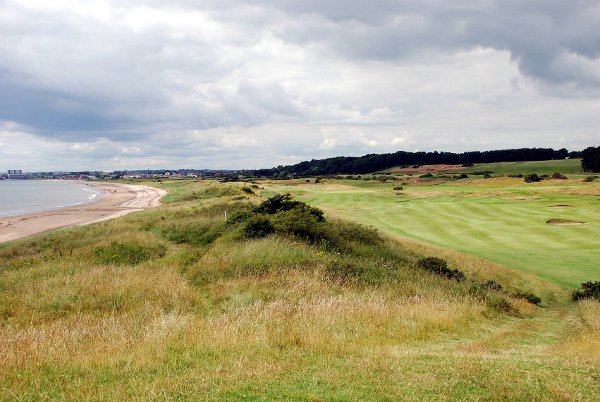Lundin Links
A magnificent James Braid designed golf course. Lundin Links, just 30 minutes from St Andrews is one of Scotland’s lesser known gems. A qualifying course to The Open Championship when played in St Andrews, Lundin Golf Club is renowned for its beautiful greens and some of the most demanding short Par 4’s in the game of golf.
A complex links course with open burns, an internal out of bounds (the old railway line), and strategic bunkering, Lundin presents a challenge for the thinking golfer where position from the tee rather than distance will yield just rewards on the scorecard. The standard scratch score is 71.
The Lundin Golf Club was founded on the 8th May, 1868. In that year the Leven Clubs had extended their links from the Mile Dyke eastwards towards Lundin Links. This extended course occupied the narrow strip of land lying between the railway line and the Firth of Forth.
The first captain of the Lundin Golf Club was Mr Rintoull of Lahill who, as immediate Past Captain of the Innerleven Club, had been influential in the decision to abandon the Dubbieside Links in favour of ‘the popular green at Leven’. The Lundin end of the links was described in 1868 as ‘benty, tussocky and ripe with whin’, with which the errant driver of today might still agree. It would appear that the club had great difficulty in establishing itself. Despite the efforts of the Innerleven Club who offered prizes to encourage play, the Lundin Club went out of existence some nine years after its formation.
The club was resuscitated in 1889 with an annual subscription fixed at 2/6 and an entry fee of like amount. A two-roomed clubhouse was built costing £70 and the Club quickly became established as a healthy constitution. The course was administered by a Joint Links Committee made up of members of the Innerleven, Leven Thistle, and Lundin Clubs. The Leven end of the links was leased from Mr R Maitland Christie of Durie and the Lundin end from John Gilmour of Montrave (later Sir John and Captain of The Royal & Ancient).










